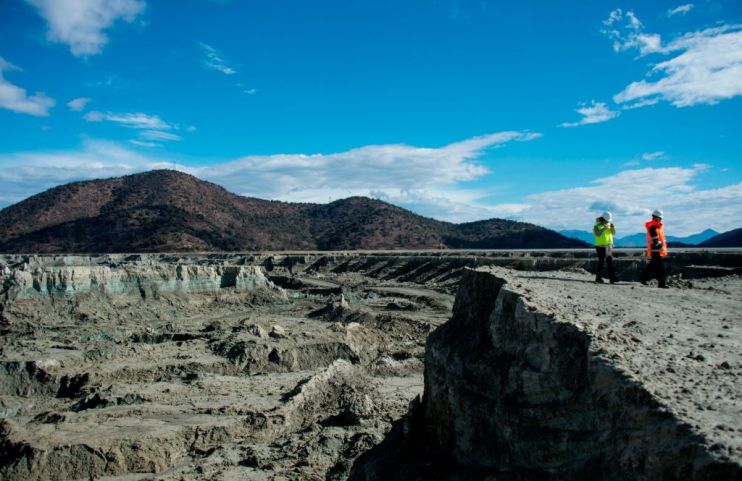Heavy metal: FTSE 100 miner Glencore earnings crash as copper prices sink

Glencore earnings dived 32 per cent to $5.6bn in the first half of 2019, the miner confirmed this morning, as it blamed poor performance in its African mines and lower prices for copper and cobalt.
The figures
Glencore’s earnings before interest, tax, depreciation and amortisation (Ebitda) slumped 32 per cent year on year to $5.6bn.
Analysts had expected $5.9bn. Meanwhile net income fell 92 per cent to $200m.
Basic earnings per share crashed 89 per cent to just about stay in the black, at $0.02, a far cry from 2018’s $0.19.
Net debt ratcheted up 11 per cent at the miner to $16.3bn while cashflow shrank 21 per cent year on year to $5.4bn.
Why it’s interesting
The FTSE 100 miner blamed a “challenging economic backdrop” for its commodity mix in the first half, but insisted the rest of its business remained in good health.
However, Glencore’s African copper assets failed to meet performance expectations, leading Glencore to overhaul its management and undertake a review of operations.
“Our teams have identified a credible roadmap towards delivering on the significant cashflow generation potential of these assets, at targeted steady state production levels,” chief executive Ivan Glasberg said.
What Glencore said
Glencore CEO Glasenberg said:
Our performance in the first half reflected a challenging economic backdrop for our commodity mix, as well as operating and cost setbacks within our ramp-up/development assets.
The rest of our business, however, remained strong and performed well. Excluding our African copper assets and Koniambo, our metals and coal industrial assets delivered robust adjusted Ebitda mining margins of 39 per cent.
However, our African copper business did not meet expected operational performance. We have moved to address the challenges at Katanga and Mopani with several management changes as well as overseeing a detailed operational review, targeting multiple improvements to achieve consistent, cost-efficient production at design capacity.
Our teams have identified a credible roadmap towards delivering on the significant cashflow generation potential of these assets, at targeted steady state production levels.
At Mutanda, we are planning to transition the operation to temporary care and maintenance by year end, reflecting its reduced economic viability in the current market environment, primarily in response to low cobalt prices.
Looking ahead, we are confident that commodity fundamentals will move in our favour and that our diverse commodity portfolio will continue to play a key role in global growth and the transition to a low-carbon economy. Our asset teams are focused on delivering the full potential of our business, which together with our promising range of commodities, should see us well positioned for the future.